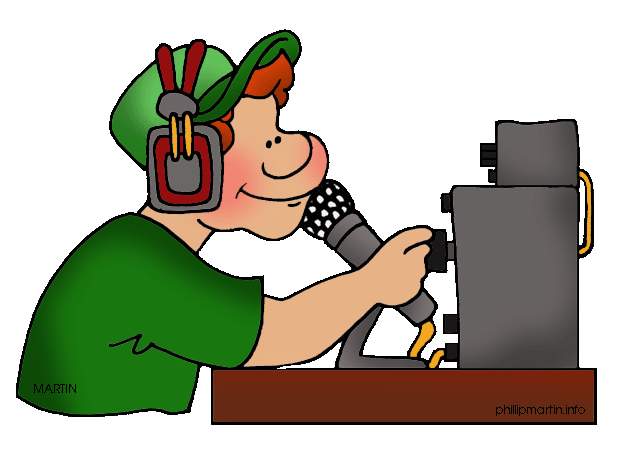
 VK9NT
VK9NTOperating Principles - How to work us
A goal of VK9NT is to encourage new Dxpedtioners
to come onboard and experience a Dxpedition first-hand in a relaxed
environment. More
experienced operators are always available to assist and provide
support in dealing with the pileups, operating procedures and
building confidence.
We recognise that many
operators are happy to operate the radio for a limited number of
hours each day and may wish to experience the other attractions that
a new country/island has to offer.
As such, please understand and be patient if the operator
does not work as quickly as you expect or does not have the
confidence in dealing with the “rabble” that often goes with
pile-ups. We are all
working to improve our skills and become better operators, not just
for VK9NT, but for future operations.
·
Our goals are to
provide as many amateurs as possible the opportunity to make at
least one QSO with VK9NT.
·
Before calling,
please make sure you can copy VK9NT well enough for a good QSO. If
signals are poor, it would be worth your while to wait for better
propagation. We will be active for nine days, so there should be
adequate opportunities to make your QSOs.
·
Most of the time
will use
split operation only:
Generally, we will be listening a few kilohertz higher than our
transmit frequency. Please do not accidentally call on our transmit
frequency. Instead, determine where we are listening (the VK9NT
operator will say, or simply find the pile-up!) and call us there.
·
Here are some
tips: Who are we working? What is the callsign? Where is this
station transmitting? While
we are listening, you should quickly scan the pile-up to
find the station we are working. On CW, increase your receive
bandwidth if necessary. Determine where we are listening and then
pick your transmit frequency accordingly.
·
Our operators will
try hard to work stations in all parts of the world, but some areas
will require more time and effort than others. Listen to determine
if we are trying to work a particular geographical area (again, the
VK9NT operator will announce, for example, “Europe only” or “South
America only”). Call if you are in that area. We will not
respond to callers who are not in that area. If you are not in the
desired area, spend the waiting time studying the pile-up procedure
of the operators.
·
Call us only when
we are asking for anyone to call, e.g. after a CQ call or, more
likely, when an existing QSO has been fully completed. When the
VK9NT operator says “VK9NT QRZ?”, announces his listening
frequencies, or says “VK9NT… thank you” (“VK9NT TU” on CW) that is
your cue to call.
·
If we respond
immediately with your full callsign and a signal report, fine. In
that case just reply with your signal report to us and that is a
good QSO. But bear in mind that many stations are likely to be
calling and it is possible the VK9NT operator will not have been
able to copy your complete callsign the first time. He would then
respond to a ‘partial’ call (e.g. “the Mike Zero Alpha station,
you’re 59”, or “station ending X-Ray Yankee Zulu, you’re 59”).
Please call again then only
if your callsign corresponds to that being called, or is
very similar (one matching
letter in your callsign is
NOT enough!) We will not respond to calls from stations other
than those we are addressing.
·
If you do not hear
who has been called, listen for a short time as the operator will
repeat the call. We recognise that QRM might have covered the VK9NT
signal just as you are being called! If in doubt, please do not call
again, but listen to the VK9NT operator. If he has heard you, he
will call you again if you do not respond straight away.
·
Be sure you have made a good QSO. If you aren’t sure,
make another QSO. It is
best not to send a report until the operator sends your callsign
correctly, as he will take reception of your report as a
confirmation that he has copied your callsign correctly. If the
operator does not send
your callsign correctly, make another QSO later. Logs will be
uploaded to
ClubLog
as often as we are able, so check whether your callsign has been
logged correctly before trying for an ‘insurance’ contact.
·
Reiterating, we
will not work stations who are:
o
Calling out of
turn – when we are trying to work someone else
o
Calling out of the
called area – wait for your turn
o
Calling with an
obviously wrong partial callsign – study the pile-up
·
We will not be
monitoring the DX Cluster network, so do not try to communicate with
us that way
·
We
understand that no-one is perfect, and that everyone makes mistakes.
People will transmit on our frequency, and they will do so
repeatedly because often they can’t hear the DX station. Please
don’t get frustrated and respond to this: let us deal with the
situation!
Our thanks to Wayne N7NG,
Steve 9M6DXX and members of the T32C and VK9NT team for contributing
to this document.
